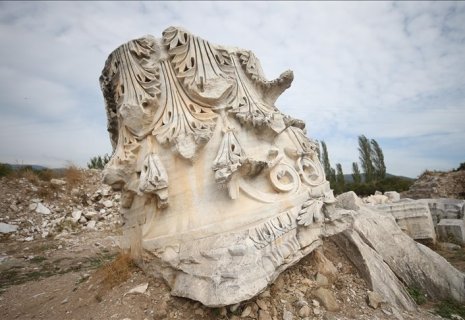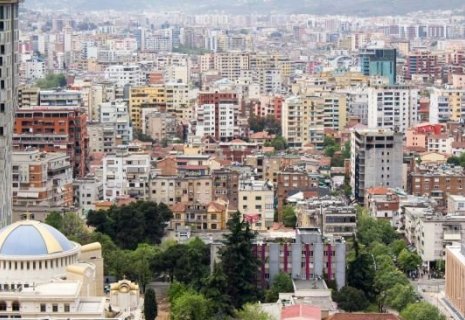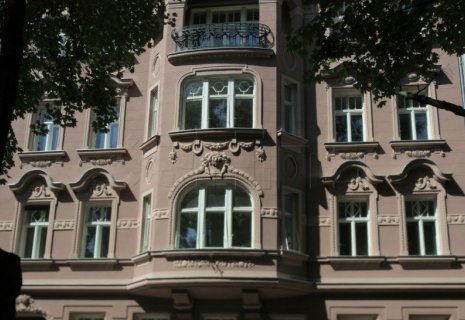
Türkiye unearths neolithic ritual site with human statues
Located 46 kilometers from the city center, excavations continue to reveal findings and artifacts that shed light on the Neolithic period in the archaeological site within Tek Tek Mountains National Park in Türkiye.
As part of the Ministry of Culture and Tourism’s “Heritage for the Future Project,” excavations at Karahantepe have accelerated, uncovering a ritual area used by people of the time and a human-figure statue, CE Report quotes Anadolu Agency.
Transition from animal statues to human statues
Excavation director Prof. Dr. Necmi Karul told Anadolu Agency that settlement in Karahantepe began around 9400 BC and continued until the 8000s.
Karul stated that they identified three phases of settlement at the excavation site: in the first phase, round-plan structures; in the second, four-sided structures with rounded corners; and in the final phase, fully angular constructions — and that public and residential buildings existed in all periods.
Continuing excavations in all houses, Karul said they encountered unique artifacts in the area where a 2.3-meter statue was previously found:
“We reached the bedrock floor throughout the entire structure, and we are talking about a building with a diameter of roughly 17 meters. Inside this structure, we found human heads placed within the walls and seated human statues thrown onto the floor. These are very unique findings, showing us that prehistoric humans began giving more space to human statues in this period. While animal symbolism dominated the early stages, human symbolism gradually increased — and this late phase appears once again in this structure. These buildings have focal points where the statues are positioned, and this time, opposite the focal point, there are very broad stepped platforms with three levels, similar to an odeon or an amphitheater. The size, width, and multi-layered nature of these platforms suggest that groups of people may have sat there. This is a newly encountered architectural design.”
Primary function: bringing people together
Karul said the area will become more clearly defined once restoration is completed and the pillars are re-erected.
He noted that the remains they uncovered show large gatherings of people, with human and animal statues placed at the focal points of the structures:
“This allows us to make some interpretations about the function of these buildings. If these were temples, I believe their functions would have been much more limited. Therefore, we can say that the primary purpose of these structures was to bring people together. This is a design that continued later on in the form of amphitheaters and odeons. But the critical point seems to be that, with the beginning of settled life, people needed spaces that provided the motivation and necessity for living together — and this may have led to the construction of such buildings.”
























